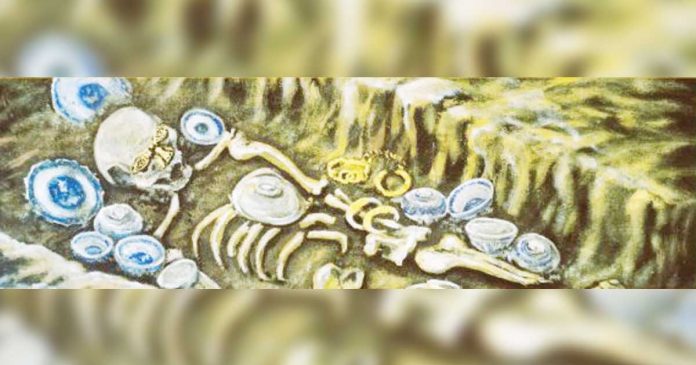
ILOILO – In celebration of the National Heritage Month, the National Museum of the Philippines-Iloilo, in partnership with the Ogtonganon Visual Artists League (OVAL), will host “PINTÓKPÍNTOK: Crafting the Oton Gold Death Mask”, a free lecture and workshop on Saturday, May 17, from 9 a.m. to 12 p.m.
The event will offer a deep exploration of the Oton Gold Death Mask, a national cultural treasure, and shed light on the traditional metalworking techniques believed to have been used by ancient Filipino artisans.
The workshop will include a live demonstration that recreates the crafting process of the funerary mask discovered in Grave #6 at the Mediavilla Property in the town’s Barangay San Antonio. It aims to highlight the cultural significance of the artifact, which reflects the rich heritage and funerary practices of precolonial Panay.
As part of the program, Ogtonganon visual artist Boy Masculino — known for his works inspired by nature, indigenous beliefs, and precolonial traditions — will share insights into his creative process using metal, mixed media, and sculpture. He will also help supervise the hands-on workshop alongside fellow OVAL artists.
In addition to the lecture and demonstration, the event will include a discussion on the exhibit “Dumaan nga Pagpangabuhi sa Panay: Subsistence, Trade, and Funerary Practice”.
According to the museum, the Oton Gold Death Mask is among the few gold funerary masks found in the Philippines, dating back to the 14th to early 15th century, during the Age of Trade. The artifact features eye and nose covers decorated with repoussé (repoussage) — a metalworking technique where a malleable metal is shaped by hammering from the reverse side to create low-relief designs.
Participants will learn the repoussé method and the traditional mask-making process in this rare educational offering./PN






